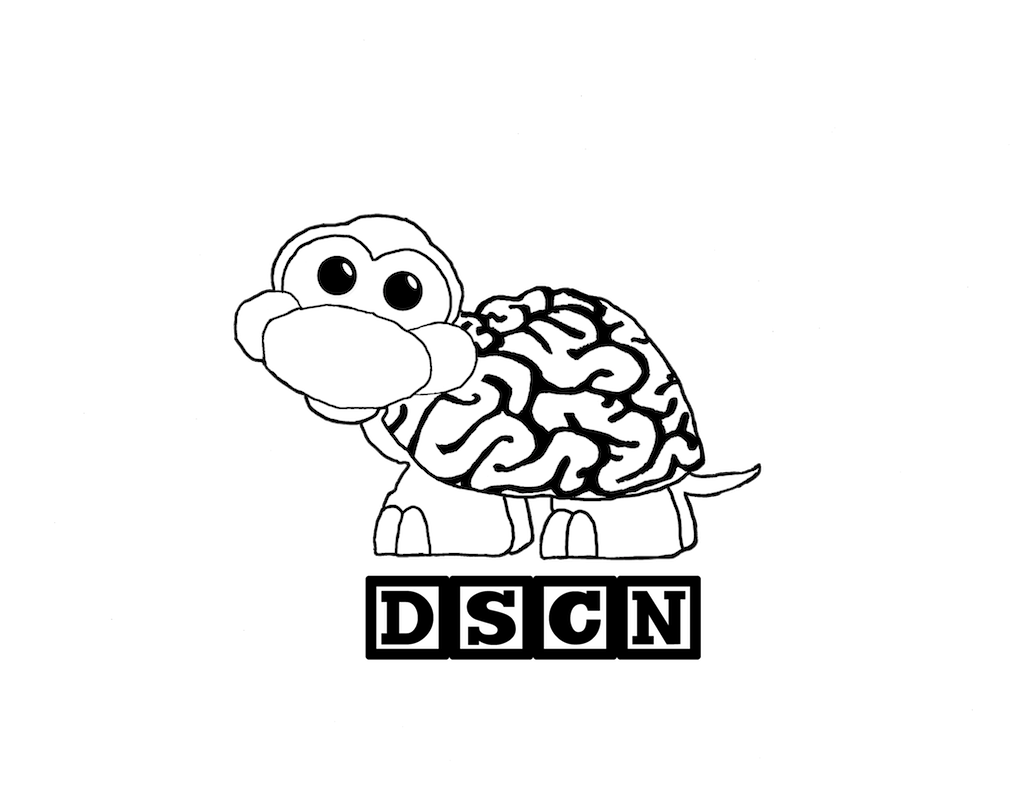

The research goals of the DSCN lab are to understand the development of social interactions and well-being from neural, physiological, cognitive, behavioral, and environmental perspectives, in individuals both on the autism spectrum and not. Our ultimate goal is to use that understanding to inform how to best support individuals facing social challenges. Key tenets guiding our research are that social abilities and behaviors are products of the individual and environment, and that understanding social development requires ecologically valid approaches.
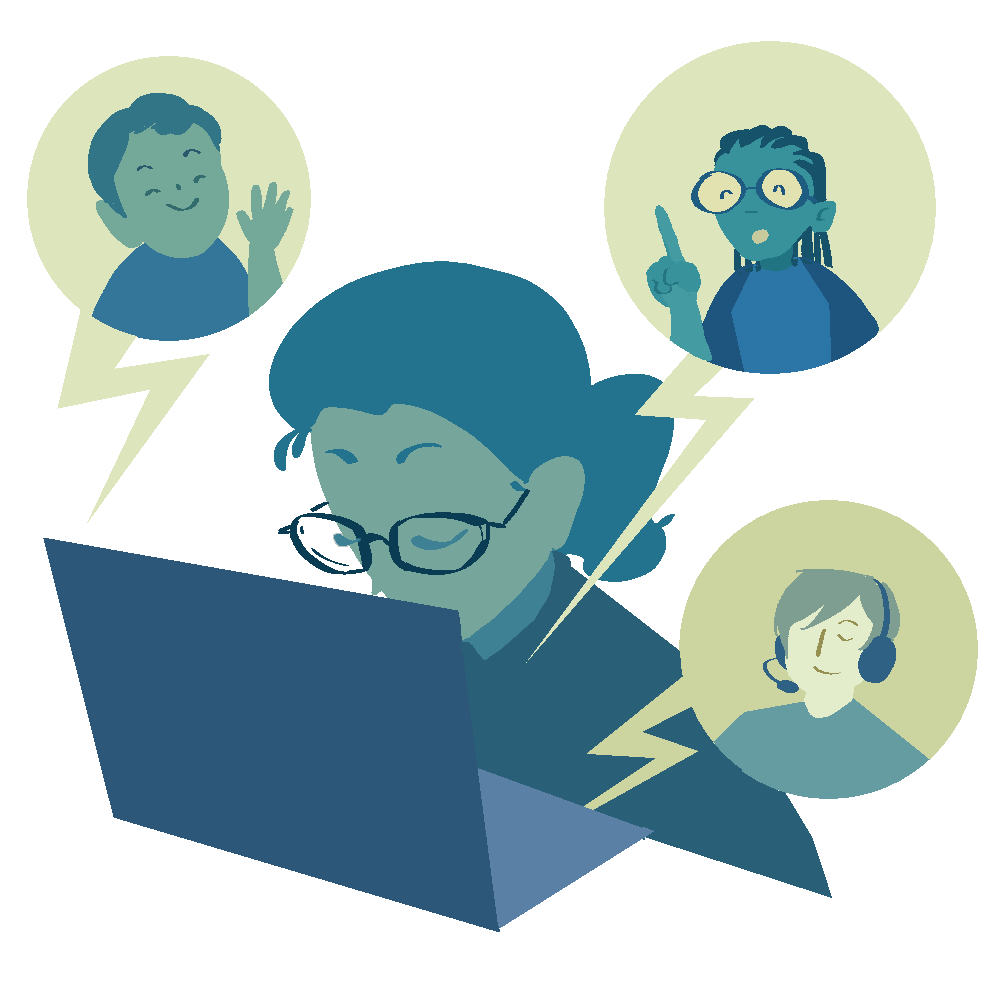
Adolescence is an important time in the development of social connections. It is also a vulnerable time for those who have difficulty forming or maintaining social connections, such as those on the autism spectrum. We are investigating biological, cognitive, and social factors that contribute to the development of loneliness among teens on and not on the autism spectrum. Click here to learn more about the study.
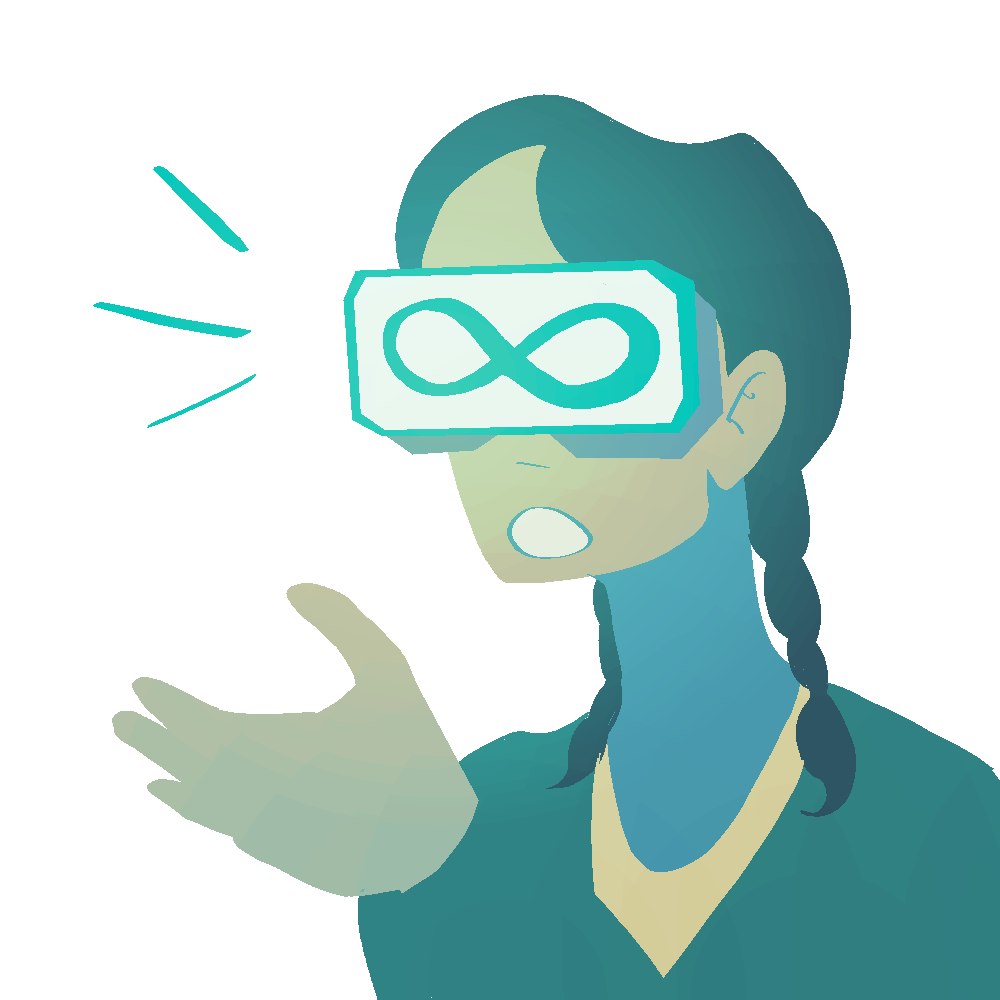
Communication between autistic and non autistic individuals often suffers from the “double empathy” problem in that both parties can have difficulties taking the other person’s perspective. We aim to create a virtual reality tool that can help individuals within the neurotypical population understand and support full inclusion of those who experience sensory processing differences.
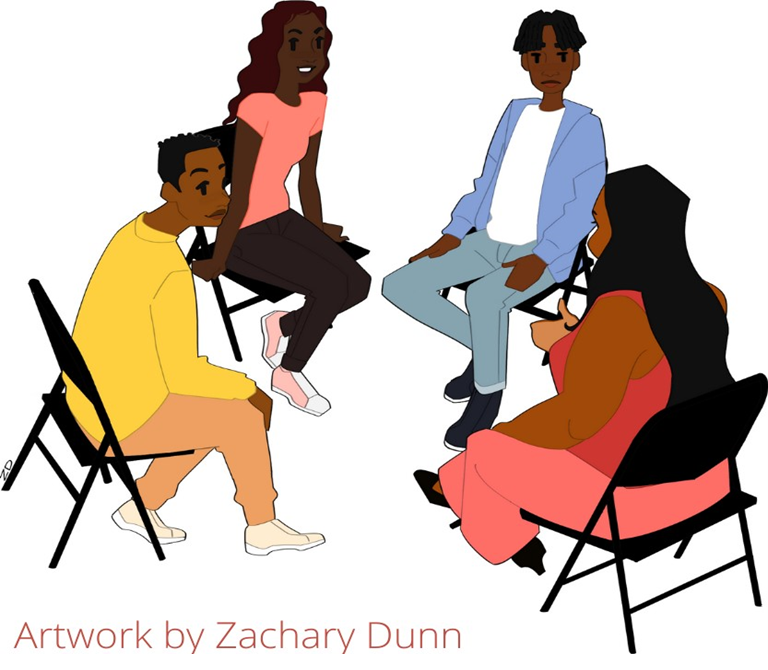
Autistic and autistic stakeholder voices are often not heard when developing research questions or services for autism. This problem is even greater in autistic communities of color who can have different challenges and needs, face greater barriers to receiving support, and are under-represented in research. We are conducting focus groups and interviews with local autistic teens and family members within Prince George’s county to better understand their experiences and needs and have their voices help shape our research agenda.
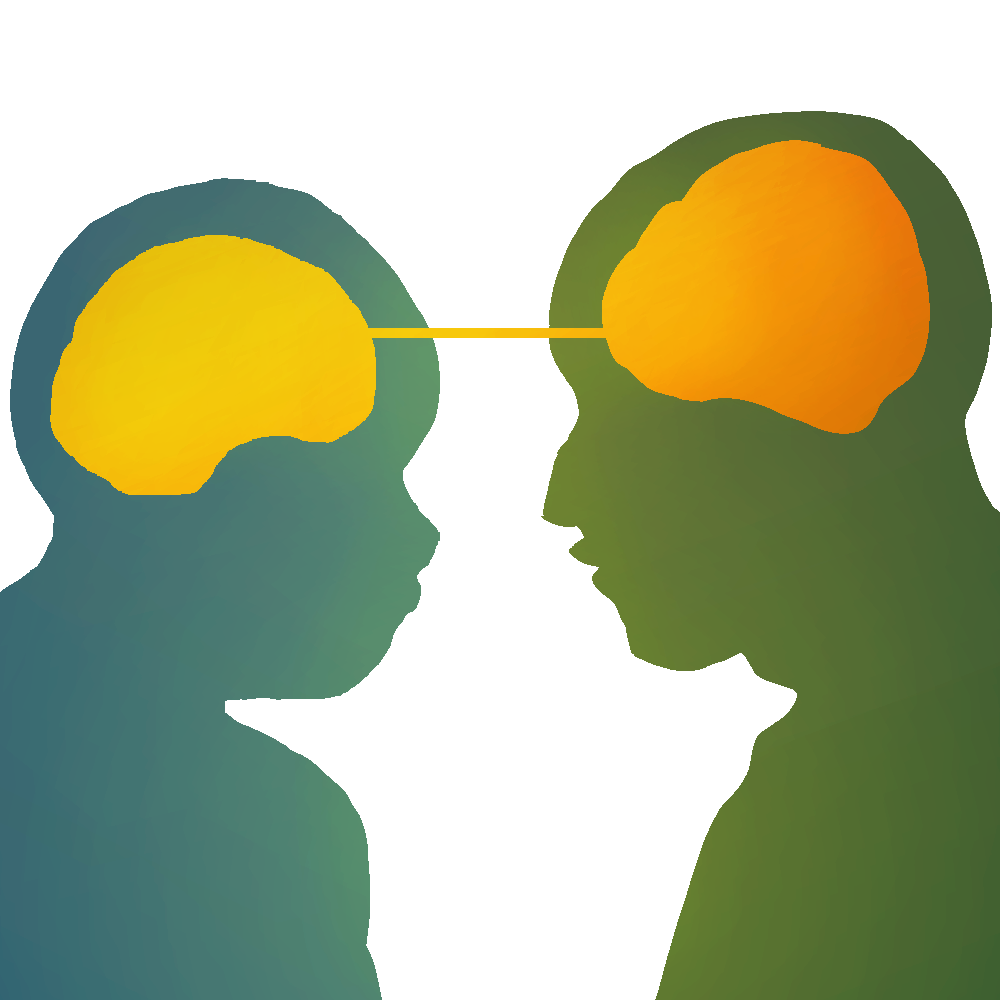
Birds of a feather flock together, but are their social interactions better? We are examining how an individual’s neural similarity to their social partner and their ability to read other’s intentions (or “mentalizing”) relate to social interaction success in college students.